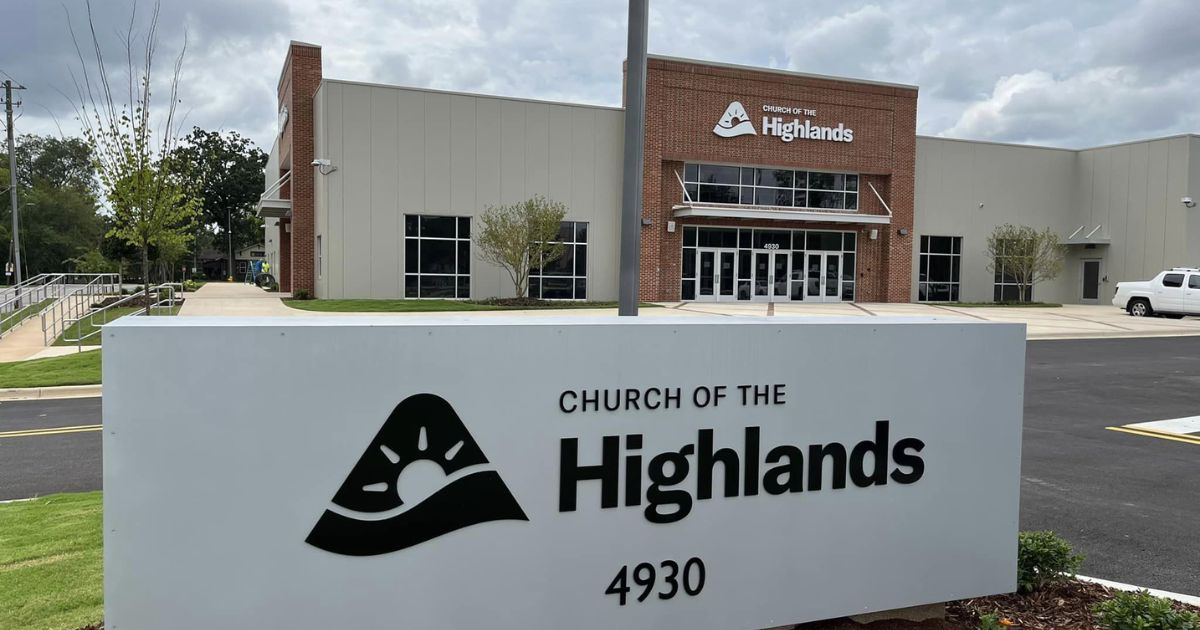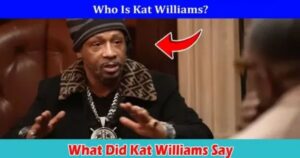The Church of the Highlands, a beacon of faith for many, has recently found itself embroiled in controversies that have raised serious questions about its internal operations and ethical standing. This comprehensive article seeks to peel back the layers of these controversies, aiming to offer an impartial and in-depth analysis of the events and allegations that have put this religious institution under the spotlight.
Our exploration will traverse through the church’s history, delve into the specifics of the allegations, and scrutinize its financial transparency, leadership structures, community impact, and the broader implications of the recent exposures. In doing so, we aim to provide a holistic understanding of the Church of the Highlands, balancing the diverse perspectives and experiences of those involved with the church.
History of the Church of the Highlands
Tracing its roots back to its establishment in 2001, the Church of the Highlands has evolved from a small community church into one of the most influential religious institutions in the region. This growth trajectory is not just a story of increasing congregation numbers but also of expanding influence in community service and religious outreach.
The church’s history is marked by significant milestones, such as the establishment of new branches, community programs, and influential sermons that resonated widely. Understanding this historical context is essential, as it lays the foundation for the current status of the church and frames the expectations and perceptions of its congregation and the broader public.
The Allegations: Overview
The phrase “Church of the Highlands exposed” has become a rallying cry for critics and disenchanted members, encapsulating a range of allegations that include financial mismanagement, lack of transparency, and ethical breaches by its leadership. These allegations have not just emanated from external sources but also from within the church’s congregation, suggesting deep-seated issues that warrant scrutiny.
Public reaction to these allegations has been polarized, with some defending the church’s integrity and others demanding accountability and transparency. This section aims to dissect these allegations, providing a comprehensive overview of the nature, source, and impact of the claims made against the church.
Read More Blog: How to Fix a Broken Necklace?http://How to Fix a Broken Necklace?
Financial Transparency
In the realm of religious organizations, the management of finances is a critical area that often attracts scrutiny. For the Church of the Highlands, questions have been raised about the sources of its revenue – including tithes, donations, and investments – and, crucially, how these funds are utilized.
Are they being channeled effectively into community service, infrastructure, or unjustly enriching certain individuals? This segment delves into the financial workings of the church, examining its revenue streams, expenditures, and the systems in place for financial accountability and transparency. The aim is to ascertain whether the church adheres to ethical financial practices and how these practices align with the expectations of its congregation and the broader community standards.
Leadership and Governance
The governance and leadership structure of the Church of the Highlands is fundamental to its functioning and public image. This section focuses on the hierarchy within the church, the decision-making processes, and the dynamics between leaders and the congregation.
Leadership within any large organization is fraught with challenges, and the Church of the Highlands has had its share of controversies, including allegations of authoritarian practices and ethical misconduct among its leaders. Understanding these dynamics is crucial to comprehending the current state of the church and the underlying causes of the recent controversies.
Internal Conflicts and Resolutions
Internal conflicts within organizations like the Church of the Highlands are not uncommon, but their nature and resolution can reveal much about the health of the institution. This part of the article explores the disputes that have arisen within the church, ranging from disagreements over theological interpretations to power dynamics and governance issues.
How these conflicts are managed speaks volumes about the church’s commitment to its values, transparency, and the well-being of its congregation. We look into the mechanisms and processes the church has in place for conflict resolution and the effectiveness of these approaches in maintaining harmony and trust within the church community.
Member Testimonies and Experiences
At the heart of the Church of the Highlands are its members, whose experiences and testimonies provide invaluable insights into the church’s culture and practices. This section features a range of voices from the congregation, presenting a mosaic of experiences that include inspiring stories of faith and community, as well as accounts of disillusionment and dissatisfaction. These personal stories shed light on the everyday realities of being part of the Church of the Highlands, offering a nuanced view of its strengths and areas where it falls short in meeting the needs and expectations of its members.
Media and Public Perception
Media coverage significantly influences public perception, and the Church of the Highlands has received its fair share. This part analyzes how the media has portrayed the church, especially in light of recent allegations, and examines the shifts in public opinion as a result. It also considers how the church’s own communication strategies have shaped its public image.
The Church’s Response to Exposures
Confronted with a range of allegations, the Church of the Highlands has issued public statements and undertaken certain actions in response. This critical analysis examines the nature of these responses, assessing their effectiveness in addressing the concerns raised, and in rebuilding trust and credibility. The sincerity, depth, and practical impact of these responses are key to understanding the church’s willingness to engage with the issues raised and to implement necessary reforms.
The Role of Social Media
The advent of social media has significantly impacted how information is disseminated and opinions are formed, particularly in matters involving public figures and institutions like the Church of the Highlands. This section explores the role social media has played in shaping the narrative around the church. It delves into how various platforms have been used to broadcast allegations, share experiences, and mobilize public opinion.
Moreover, it examines the church’s presence and engagement on social media platforms, assessing how effectively (or ineffectively) it has utilized these channels to communicate with its congregation and the broader public. The impact of social media in framing the church’s image, both positively and negatively, is a testament to its power in the modern digital age, influencing perceptions far beyond the physical confines of the church.
Future Outlook of Church of the Highlands
As we look towards the future, this part of the article contemplates what lies ahead for the Church of the Highlands in the wake of recent events and exposures. It considers potential paths for reform and recovery, discussing how the church might address the issues raised to regain trust and restore its reputation.
This section also speculates on the potential long-term impacts of these controversies on the church’s membership, community programs, and overall influence. Predictions and expectations about the church’s ability to adapt and evolve in response to these challenges are also explored, offering insights into what the future may hold for this prominent religious institution.
Frequently Asked Questions
What were the main allegations against the Church of the Highlands?
The Church of the Highlands faced allegations ranging from financial mismanagement and lack of transparency to ethical breaches and leadership misconduct.
How has the Church of the Highlands responded to these allegations?
The church has issued public statements and undertaken certain actions, which have been scrutinized for their effectiveness in addressing the concerns and restoring trust.
What impact have the recent exposures had on the church’s community work?
The allegations have raised questions about the church’s community engagement, potentially affecting public perception and participation in its outreach programs.
How does the Church of the Highlands compare to other similar religious organizations?
Comparisons with other religious organizations reveal similarities and differences in governance, financial management, and handling of controversies, providing context for the church’s situation.
What could be the future implications for the Church of the Highlands following these revelations?
The church faces the challenge of restoring trust and credibility, with its future depending on its ability to address the issues raised effectively and implement necessary reforms.
Conclusion
In summarizing our findings, this conclusion reflects on the multifaceted nature of the Church of the Highlands, acknowledging both its achievements and the serious challenges it faces. The controversies and allegations have undoubtedly cast a shadow over the church, but they also present an opportunity for introspection and reform.
This article has endeavored to provide a balanced perspective, shedding light on the complexities and nuances of the situation. As the church navigates through this turbulent period, the outcomes of its actions and responses will be closely watched by its congregation, the community, and observers of religious institutions.











